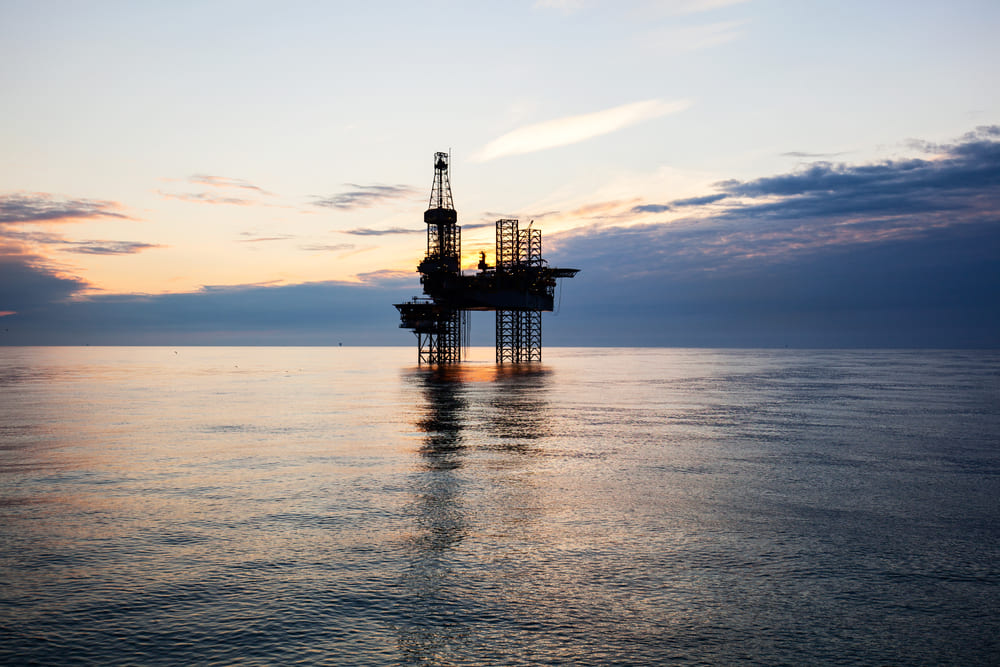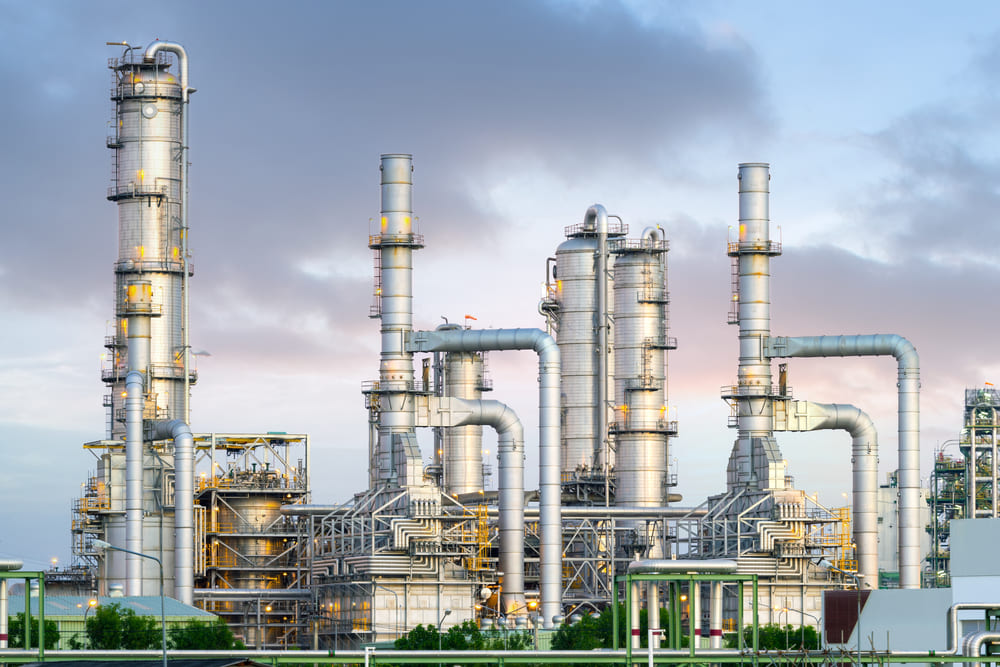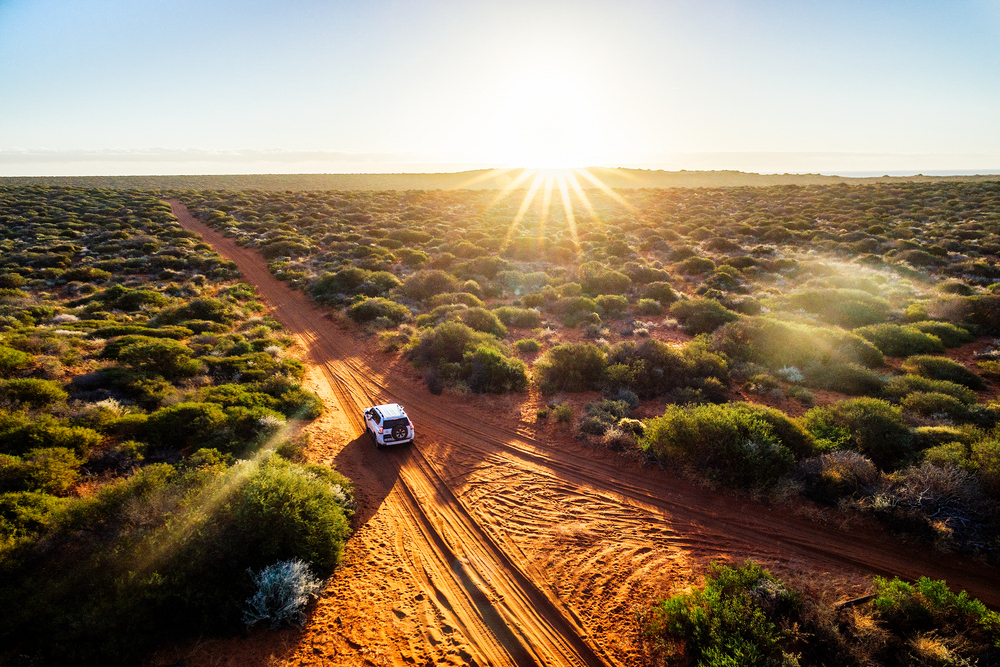
The CO2CRC has welcomed Eni S.p.A as its newest member company. Operating since 2003, CO2CRC is a carbon capture, utilisation and storage (CCUS) research centre which owns and operates the Otway National Research Facility in Nirranda South, Victoria. Through collaborations with industry, academic and government partners, CO2CRC designs and manages research in carbon capture, storage and monitoring.
David Byers, CEO of CO2CRC said Eni is quickly becoming an industry leader in development and application of CCUS technologies which play a crucial role in the decarbonisation strategy of the company.
“Over the past decade, CO2CRC’s CCUS research program has proved to be an outstanding example of successful collaboration between federal and state governments, Australian and international industry and local and global research institutions.”
Mr Byers said having industry leaders like Eni contribute to CO2CRC’s work programs will greatly advance the uptake of the CCUS technologies tested at CO2CRC’s Otway International Test Centre and help reduce CCUS costs globally.
“CCUS has been identified as a priority technology under the government’s Technology Investment Roadmap and the expansion in CO2CRC membership reflects industry’s growing commitment to CCUS.”
Last year, Eni said it would cut absolute emissions by 25 per cent by 2030, from 2018 levels, and by 65 per cent by 2040. However, despite the complex situation caused by the pandemic, Eni has decided to accelerate its transformation path. In 2021, it announced its new strategy to relaunch short, medium and long-term operational targets, which outline the evolutionary and integrated path of the individual businesses and that will lead Eni to carbon neutrality by 2050.
Eni will pursue a strategy that, by 2050, aims to achieve zero net Scope 1, 2 and 3 emissions (net GHG lifecycle emissions), and zero relative emission intensity (net carbon intensity) for the entire life cycle of sold energy products, further strengthening the intermediate decarbonisation targets.
It notes that the use of technology such as carbon, capture and storage will make it possible to store 7 million tonnes of total CO2 per year by 2030 and 50 million tonnes by 2050.
The group plans to spend 7 billion euros per year over the next four years, with over 20 per cent of that earmarked for green projects and the merged renewable and retail business.








